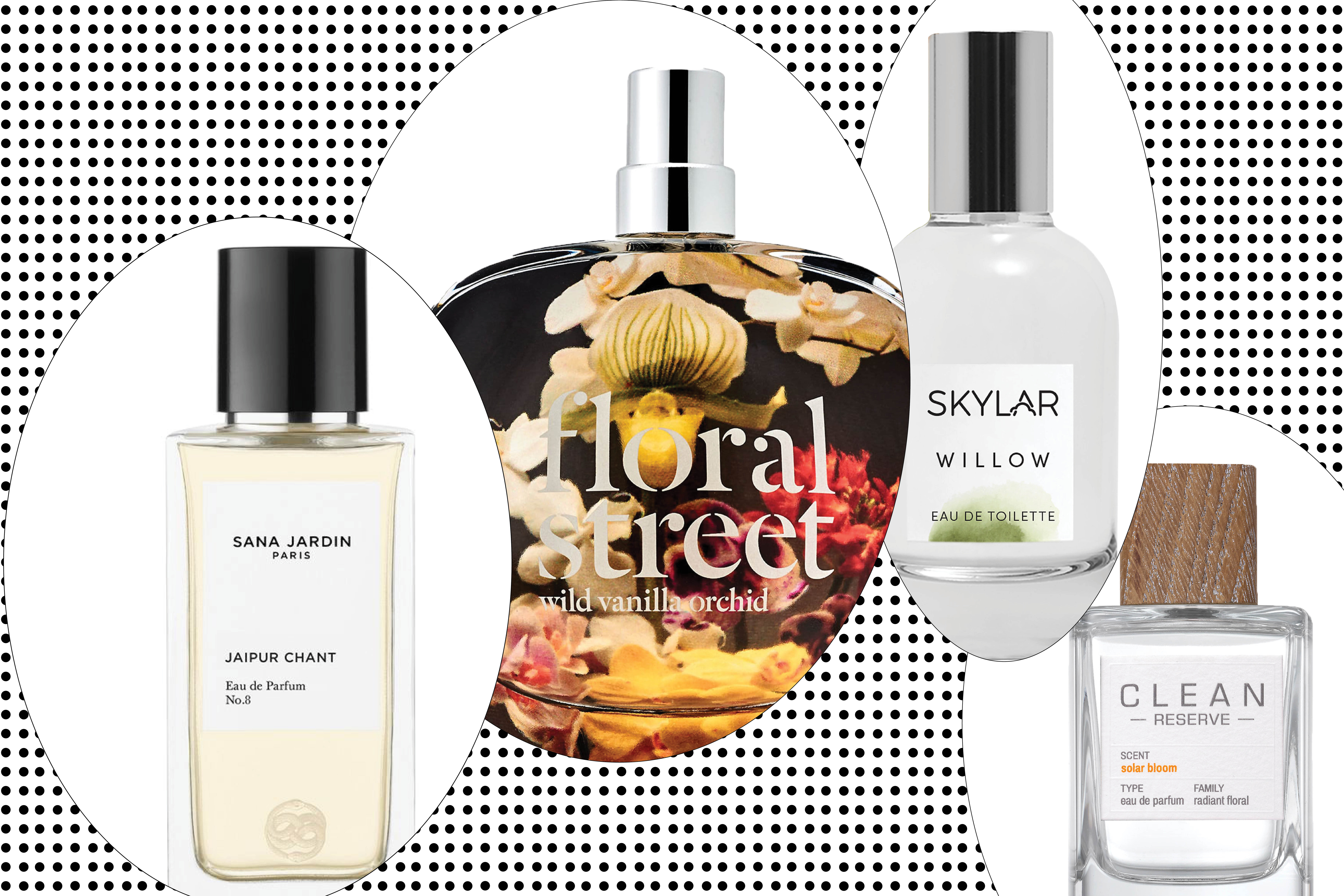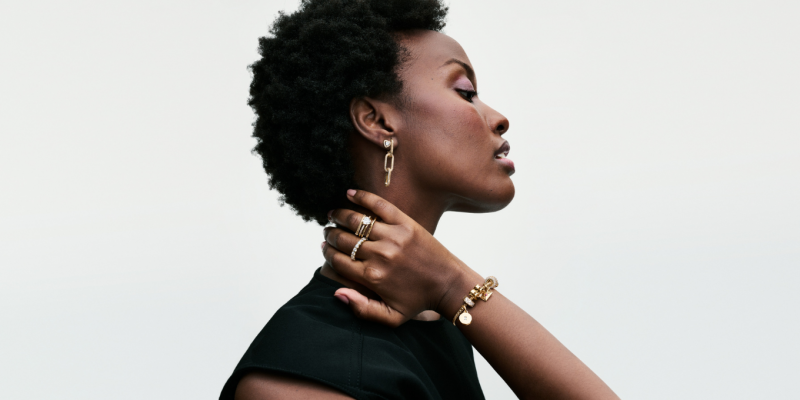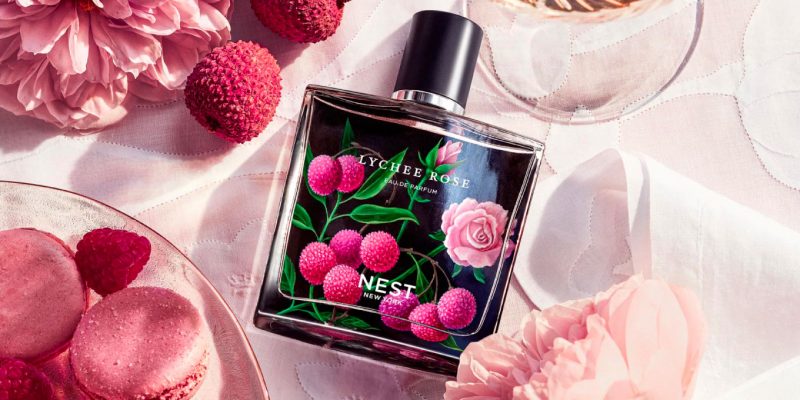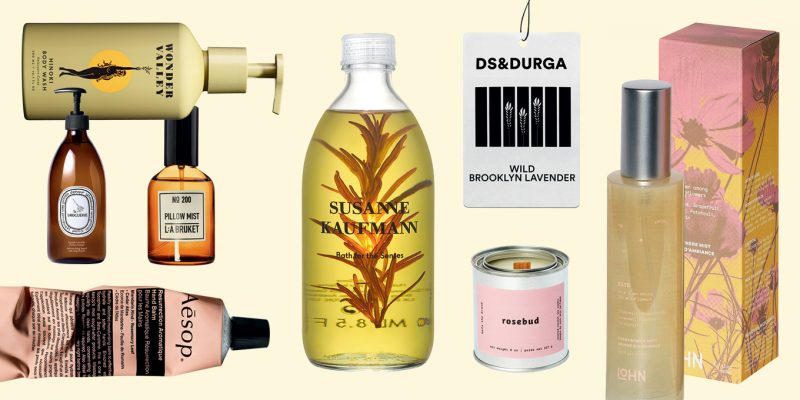Fragrance
What Is A "Clean" Fragrance?
“Clean” fragrances are here, but sniffing them out can be complicated, writes Mishal Cazmi.
by : Mishal Cazmi- Sep 27th, 2019

One of the biggest shifts in the beauty industry is the result of a consumer-driven demand for cleaner, greener formulas. Fragrance, with its historically secretive ingredient lists (they are often shielded in the name of trade secrets), seems like a category primed for reinvention. “Not all fragrance mixtures contain ingredients with health concerns, but without full ingredient disclosure, there is no way for consumers to know exactly what they’re buying,” explains Nneka Leiba, vice-president of the healthy-living science program at the Environmental Working Group, a consumer watchdog.
CHEMICAL VS. SYNTHETIC
But it isn’t as straightforward as scanning an ingredient list. Just because a note is naturally derived doesn’t mean it’s hypoallergenic or safer than its synthetic counterpart, explains Cat Chen, an Honest Company alum and founder of paraben-, allergen- and phthalate-free fragrance brand Skylar. Some natural ingredients, like lavender or citrus oil, for example, are very potent and can cause an allergic reaction if used in high concentrations, she says.
When Michelle Feeney, a former senior executive at La Mer, M.A.C Cosmetics and St. Tropez, launched Floral Street in 2017, she built transparency right into the company’s ethos. The British brand uses both natural and synthetic ingredients and is open with its customers as to why. Certain ingredients, says Feeney, are better made in a lab because they don’t hold up in their natural form. (Rhubarb, for example, would easily disintegrate.) “We also explain to consumers that it can’t be all natural because it wouldn’t be sustainable,” she says.
RESPONSIBLE SOURCING
As fragrance brands lean in to cleaner ingredients, they’re also taking a closer look at their supply chain. Responsible sourcing habits are more important than ever before, with popular ingredients like sandalwood and frankincense in danger of being overharvested. Floral Street works with Robertet Group, a leader in sustainable natural raw materials, and Clean works with farmers who responsibly cultivate and harvest sustainable ingredients with minimal impact on the planet for its Reserve collection.
The U.K.-based fragrance brand Sana Jardin has taken sustainable sourcing one step further. “People use the word ‘sustainable’ pretty [thoughtlessly], and I really questioned what it means,” says founder Amy Christiansen Si-Ahmed. “From what I understood, it means to leave a net neutral impact on the environment and pay fair wages. In this day and age, we can do better than that if we are creative in our use of waste.” Sana Jardin recycles flowers to decrease waste and increase economic opportunity for female harvesters. In Morocco, it upcycles 900 tonnes of orange-blossom waste into floral water and candles that can be sold by the harvesters year-round.
PACKAGING
Brands are similarly innovating on the packaging front, finding creative solutions to decrease excess waste and use eco-friendly materials. Made with paper pulp from a 180-year-old mill in the U.K., Floral Street’s egg-carton-shaped boxes are both recyclable and compostable. “Three years ago, people would have said ‘You’re mad putting luxury in that package,’” says Feeney. “Minimum impact on the world – that’s luxury now.”
This article originally appeared in the October 2019 issue of ELLE Canada.
Newsletter
Join our mailing list for the latest and biggest in fashion trends, beauty, culture and celebrity.
Read Next

Fashion
H&M's Latest Designer Collab With Rokh Just Dropped (And It's So Good)
We chatted with the emerging designer about the collaboration, his favourite pieces and more.
by : Melissa Fejtek- Apr 18th, 2024

Culture
5 Toronto Restaurants to Celebrate Mother’s Day
Treat your mom right with a meal at any of these amazing restaurants.
by : Rebecca Gao- Apr 18th, 2024

Fashion
This Jewellery Brand Has a Whole New Look And It’s Everything
Here are the seven pieces we’re coveting.
by : ELLE Canada- Apr 10th, 2024




